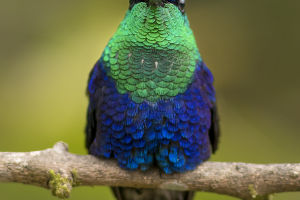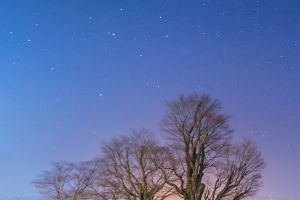Because of the white plumage of the swan, the beautiful body, the call is moving, loyal behavior, in the Eurasian continent of Eastern culture and Western culture, coincidentally the white swan is a symbol of purity, loyalty, noble.
The beautiful white swan in the ballet "Swan Lake" is the incarnation of the princess. And the swan is known as the most faithful bird, the soft and slender neck is like half a peach heart, and two swans can also form a peach heart.
The swan is a migratory bird that lives mainly in lakes, reservoirs, and ponds with many reeds. To avoid the cold, white swans inhabiting Siberia migrate to the south to overwinter when the climate turns cold.
When the climate turns cold, they migrate to the south to overwinter, and return to their homeland in April, when the spring flowers bloom.
Swans are omnivores. It feeds on roots, stems, leaves, and seeds of aquatic plants, mollusks, insects, earthworms, and so on. Swans are docile and move in flocks. Swans prefer daytime activities.
Swans are adept at flying and swimming, and can also walk on the ground. When flying, they stretch their heads forward and their feet out towards the back of their bodies. Except during the breeding season, swans do not have a fixed home and often choose a safe spot on a lake, tucking their necks and heads into their wings to sleep on the water.
Swans are a type of migratory bird in winter, preferring to roost in lakes and marshes, and feeding mainly on aquatic plants. Every year in March and April, they fly in large flocks from the south to the north.
The female swans lay two or three eggs in May, and then the female incubates them while the male guards them and does not leave. After October, they migrate south in groups and spend the winter in warmer climates in the south.
White swans prefer to nest in clusters and have fixed mates, practicing monogamy and never separating once paired. In addition to summer, they can lay eggs and breed in all other seasons, with more than twenty per year.
The male and female swans take turns incubating, and after 35 days, the young swans will break out of their shells. After a few days, they can swim in the water and forage for food with their parents, and when they are disturbed, they will hide under the wings of their parents.
Swan three, and four years old, their hair color gradually turns white, and by six months of age, they have the same body size and weight as adult swans. White swans are bold and not afraid of people, and can take the initiative to ask visitors for food to eat. Their character is gentle, and they can be seen stumbling around, like domestic geese, on the grass and in the water.
Even in pedestrian areas, they can be seen wandering freely for food, becoming the owners' intimate partners and senior pets. Mute swans are herbivorous animals and can grow normally even without feeding, as long as there is grass.
Their feeding management is simple and low cost, making them a preferred ornamental rare bird species for the ornamental industry, leisure green spaces, senior residential communities, and garden factories.
White swans also have their own sense of territory, mating is also the choice of a separate pair of activities, and occasionally in groups, swans, if provoked, will also attack the aggressor.
If the enemy is not able to swim, they will ruthlessly drag the enemy into the water to let the enemy suffocate. So swans are not easy to mess with.


